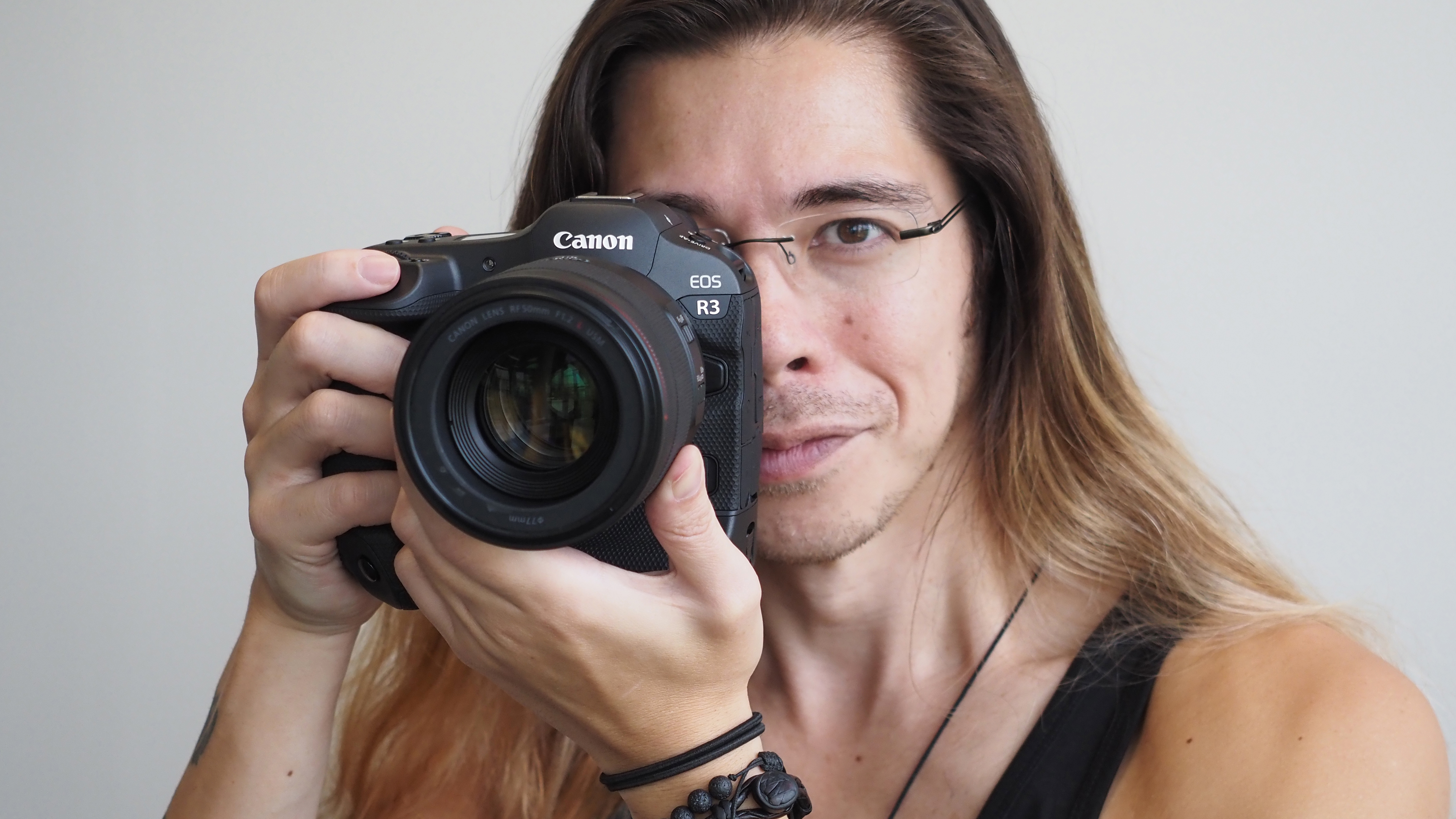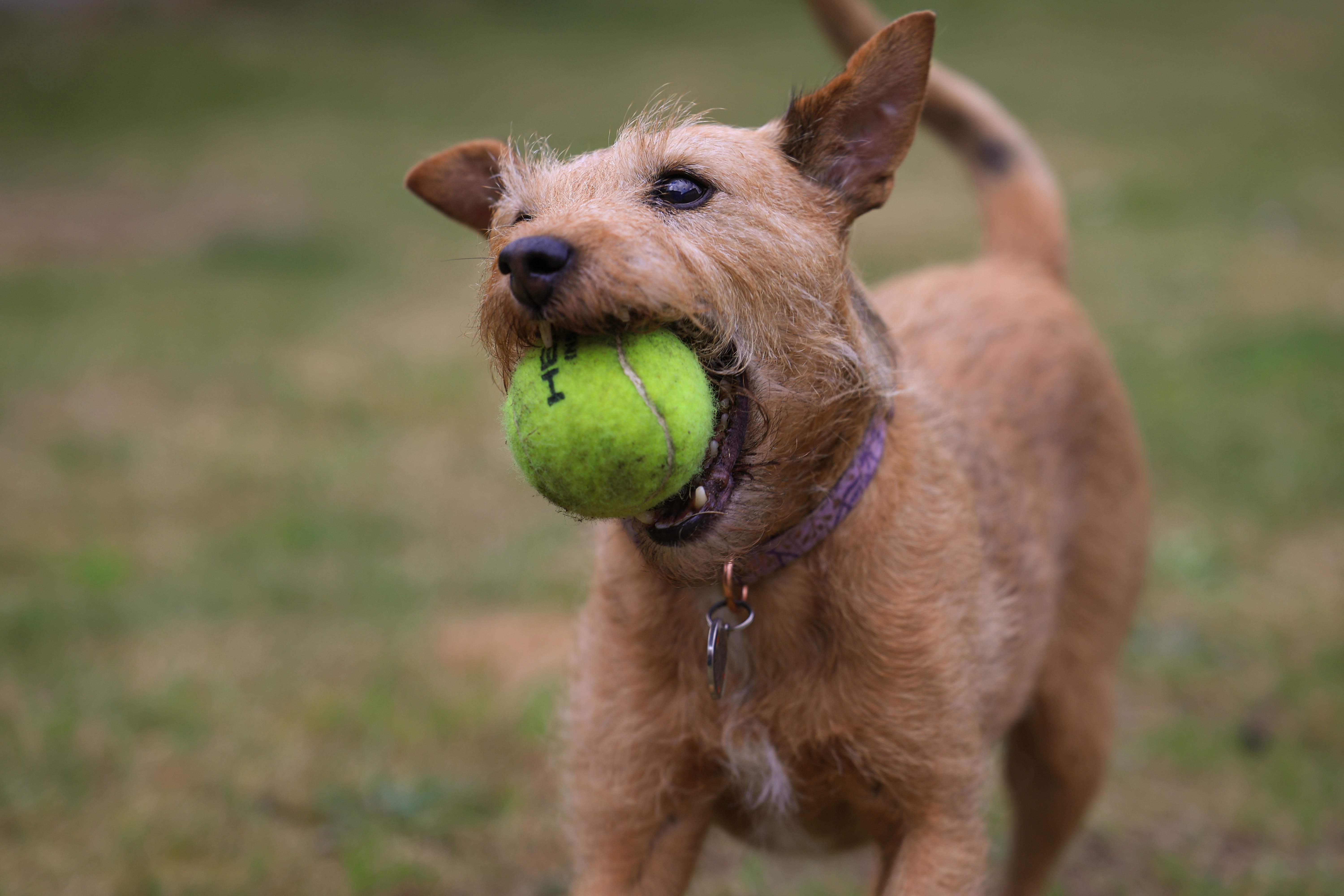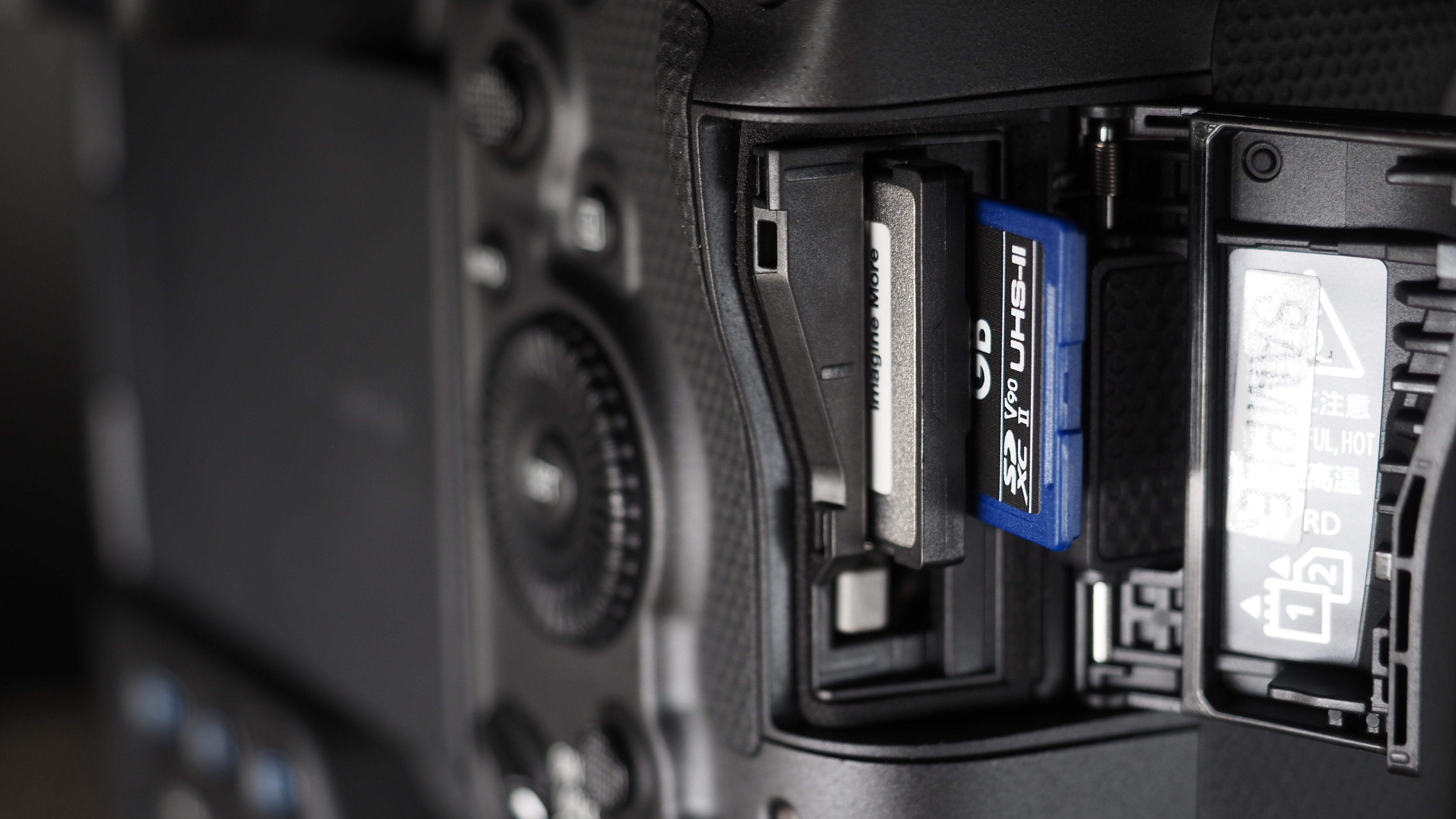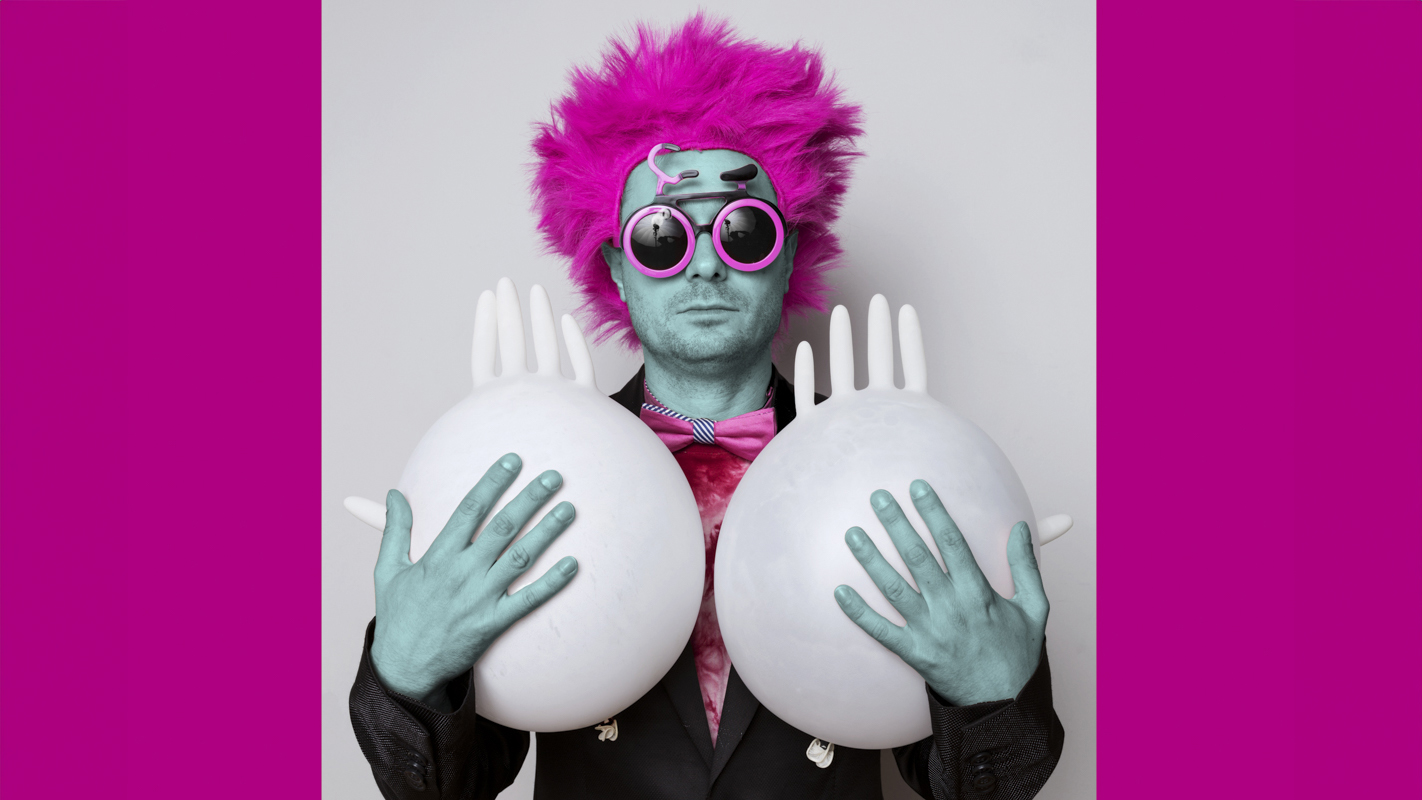Canon EOS R3 – 3 things I love and 3 things I hate
The Canon EOS R3 is the one of the best pro cameras out there – but as much as I love about it, there are some things I don't

Canon has made a habit of changing the game recently, and the Canon EOS R3 is the latest example of that. For years the manufacturer was rightly regarded as being conservative, playing it safe, and never coloring outside the lines when it came to its product lines.
The mirrorless revolution changed all that, as Canon could no longer keep releasing by-the-numbers DSLRs when Sony and co were transforming the landscape with cutting-edge mirrorless cameras. While the Canon EOS R was the company's first true foray into the market, it took the Canon EOS R5 and Canon EOS R6 to show that the sleeping giant had awakened – and the Canon EOS R3 took what was great about those bodies and applied them to a truly professional camera.
Of course, it was beaten to the punch by the Sony A1, which actually packs a more powerful punch in some respects. And then the Big N retorted with a firepower-packed pro body of its own, the Nikon Z9, making it very hard to pick the best professional camera on the market right now.
Out of the three, I've spent the most time with the R3 – and there are three things I truly love about the camera… but three things that I definitely don't.
• Head to head: the Canon EOS R3 vs the Nikon Z9
Canon EOS R3 – 3 things I love

1) Infallible autofocus
When the R5 came out, I raised a few eyebrows by writing that "the Canon EOS R5 is a cheat code for wildlife photography". And I stand by that; the Dual Pixel CMOS AF II at the heart of the R5 and R6 is the best in the business. Not only can it detect the body, head and eyes of human subjects, but it does the same for animals.
Get the Digital Camera World Newsletter
The best camera deals, reviews, product advice, and unmissable photography news, direct to your inbox!
And while Canon only that it works on dogs, cats and birds, I've yet to point it at anything that it won't recognize. Lions, monkeys, turtles, iguanas, fish, skunks, meerkats, raccoons, sand squirrels, gophers, seals, Fennec foxes… if it's got a face and eyes, this amazing AF will put a focus point on it.
Not only is that very same core autofocus technology in the EOS R3, but this camera actually has a better version of it. Yes, the best AF in the business just got even better. So if you're a wedding pro who shoots humans, a wildlife pro who photographs animals, or a motorsports pro who shoots cars or motorbikes, you can't get a better camera than this.
2) Unwavering 30fps burst shooting
Of course, the Sony A1 beat the Canon EOS R3 to the punch here – and by eight months. Here's the thing, though: I didn't find that the A1 could sustain its 30fps shooting consistently, in every situation. In my experience – which is shared by others – the A1 would often drop below 30fps, and in some cases even dropped below 20fps.
The R3, by contrast, has yet to miss its 30fps milestone when I've used it. It doesn't matter what I'm shooting or where I'm shooting it or how fast it's moving while I shoot it – I hold down the shutter, and for every second I do so I get 30 photographs. And if I'm shooting Lamont Marcell Jacobs sprinting across the finish line to snag an Olympic medal, I want every possible frame to make sure I (and my picture editor) have a winning shot.
3) Using my eyeball to move focus points
Yes, yes, I know – Canon has done this before and it didn't work. Indeed, the Canon EOS 3 – literally the forebear of the Canon EOS R3 – featured autofocus that you could supposedly control with your eyes, but it was very hit or miss. Usually miss. And if you wore glasses, almost always miss.
Not the case here, though. Eye Control AF here is real, it works, and it works well. Even for someone like me, who wears glasses. I can't help but feel that it will be dismissed as a gimmick, mainly by those who haven't tried it, but all I can tell you as someone who has used it for a series of actual photoshoots is that it is brilliant. Eight infrared blasters in the viewfinder map your eye, track where it's looking, and place a focus point on anything you look at – then all you need to do is half-press the shutter and the AF kicks in. It's the ultimate AF shortcut, and it's a dream to use.
It's not quite brilliant enough to make the R3 worth buying all by itself, but if I'm looking at something like the Sony A1 and weighing up the pros and cons… honestly, I'll take the Eye Control AF over the 50.1MP resolution any day.
Canon EOS R3 – 3 things I don't love

1) Split memory card formats
You thought I was going to say the resolution, didn't you! Well, I'm not. For pure sports and news photography, not only is 24.1MP absolutely enough, but from a pure workflow perspective it's absolutely necessary; until we have widespread 5G speeds, anything larger is a real nightmare to upload to FTPs and news desks while in the field. Especially if you're shooting 30 frames every second.
Herein lies the rub, though. This is a camera that I'm using specifically because it shoots 30fps – not to mention its 6K 60p RAW video – which means that it's sending data to the memory cards at rocket speed. However, only one of the two cards in the R3 can keep up – and the other really lets the side down.
The Canon EOS-1D X Mark III features dual CFexpress Type B slots – and it feels like a deliberate, curmudgeonly move that the EOS R3 only features one CFexpress slot, and one SD slot (the same as the EOS R5). I understand that Canon wants to delineate its product lines, particularly when the inevitable Canon EOS R1 arrives, but right now it feels like I've only got one card slot worth bothering with if I'm going to use the R3 to its full potential.
2) Needing another adapter
This one has a bit of an asterisk next to it, but it's still a point worth making. The Canon EOS R3 has a funky new Multi Function Shoe – a redesigned hot shoe with a 21-pin connection that enables the camera to communicate with and deliver power to compatible accessories. That means something like the new Canon Stereo Microphone DM-E1D doesn't need its own battery or a cable running to the mic jack – and you can control it directly from the camera, via a dedicated menu.
Brilliantly, the shoe is still fully compatible with the current generation of accessories – so everything from flashguns to triggers still connect and fire just as they always did. However, if you want to maintain weather sealing with a current-gen accessory, you need to buy and attach the new Hot-shoe Adapter AD-E1 between it and the R3.
It's to do with those 21 new pins – current accessories, even weather sealed ones like the Canon Speedlite EL-1, weren't designed with it in mind, so their sealing doesn't protect it. This will be a moot point in a few years, but for now it means having to use another adapter to keep using your current kit – and when I'm already slapping the Mount Adapter EF-EOS R on the camera to use my DSLR glass, that's a lot of extra size and bulk.
3) Overworkflow
While shooting at 30fps is incredible, it's also an incredible amount of work. Most pro shooters are accustomed to working with 12fps, and the hours spent sifting through hundreds of images after covering an event. However, with 30fps you're more than doubling that – and thus, you're doubling the amount of images you have to sift through. Not to mention doubling the amount of files you have to store.
It's a travesty of riches, for sure, and I'd much rather have those extra 18 frames than not. However, if you usually get around 1,000 shots when you shoot something like a basketball game, now you're getting at least 2,000 – but although you're getting twice the shots, you're not getting twice the amount of time to sort and edit them. So it means extra crunch time in order to nail deadlines and delivery dates.
That said, be careful what you wish for – because even going back to the Canon EOS R5 and its still ridiculously fast 20fps shooting, boy oh boy, you sure do miss that crazy 30fps firepower!
Read more:
Best camera for sports photography
Best Canon cameras
Best CFexpress cards

James has 22 years experience as a journalist, serving as editor of Digital Camera World for 6 of them. He started working in the photography industry in 2014, product testing and shooting ad campaigns for Olympus, as well as clients like Aston Martin Racing, Elinchrom and L'Oréal. An Olympus / OM System, Canon and Hasselblad shooter, he has a wealth of knowledge on cameras of all makes – and he loves instant cameras, too.
